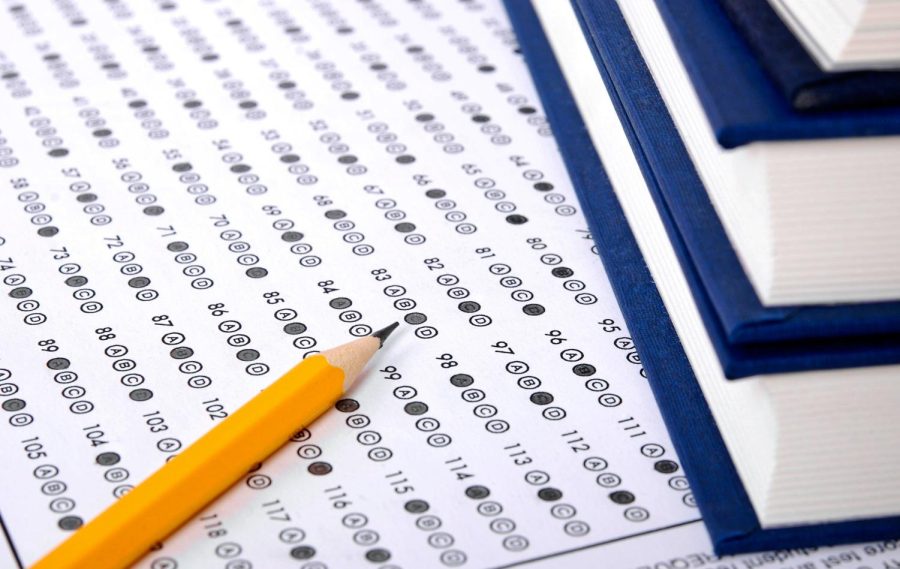A deemphasis on standardized testing
January 13, 2022
As college application deadlines approach, much of the class of 2022 is rushing to complete their last standardized test. Whether it be the SAT or ACT, these tests are immensely important to many students applying to college. According to CollegeBoard and ACT.org, last year 62% of seniors attended the SAT school day, and 52% took the ACT outside of school.
Most students prepare for this test from the second year of high school, as they take the PSAT. The PSAT not only acts as a practice SAT, but also as a National Merit Scholarship Qualifying Test (NMSQT). According to Spark Admissions, in Virginia, students require a total score of 218 on the Selection Index, a score calculator used by the College Board. Because the results of this test provide students with the opportunity to gain scholarships, many study for the PSAT to the same extent of an SAT or ACT. Additionally, because students can only take the PSAT once a year from 10th to 11th grade, they study even more for the NMSQT, which can cause immense amounts of stress for students starting high school. However, it does provide adequate practice for the actual SAT.
Recently, though, there has been a steady push to cut standardized testing out of the application process entirely.
“I think projects are better because people can have test anxiety which makes them perform worse,” Zeda Crawford (’22) said. “Having portfolios would make it less stressful.”
This sentiment has become increasingly popular due to the coronavirus making standardized testing in a traditional classroom environment unsafe for the majority of 2020. As students quarantined, colleges were forced to quickly adapt. Many Ivy League schools made these tests optional during applications, and other schools quickly followed suit. However, this change lasted beyond the 2020-21 application cycle, as most universities that adopted more holistic forms of evaluation are continuing it through 2021-22.
The main replacement for standardized testing is portfolio-based applications, a show of work previously reserved for art colleges.
“I would prefer they judge based on projects throughout high school,” Nero Bechtle (’22) said. “It gives a better insight into a student’s area of expertise and skills that standardized testing does not reflect.”
Portfolios can allow for a far more comprehensive understanding of a student’s academic performance outside of testing. Students are able to select projects that they feel best exemplify their academic performance from throughout all of high school and send them to colleges. However, this new format has some drawbacks.
“There is a very large disparity in opportunity offered to different people, especially in high school,” Emily Zhou (’22) said. “Certain higher-level classes would make it easier to complete projects for a portfolio.”
No matter what opinion they may have, the options for students applying to colleges are broader than ever. From standardized testing to portfolios, students can choose what fits their academic style.



